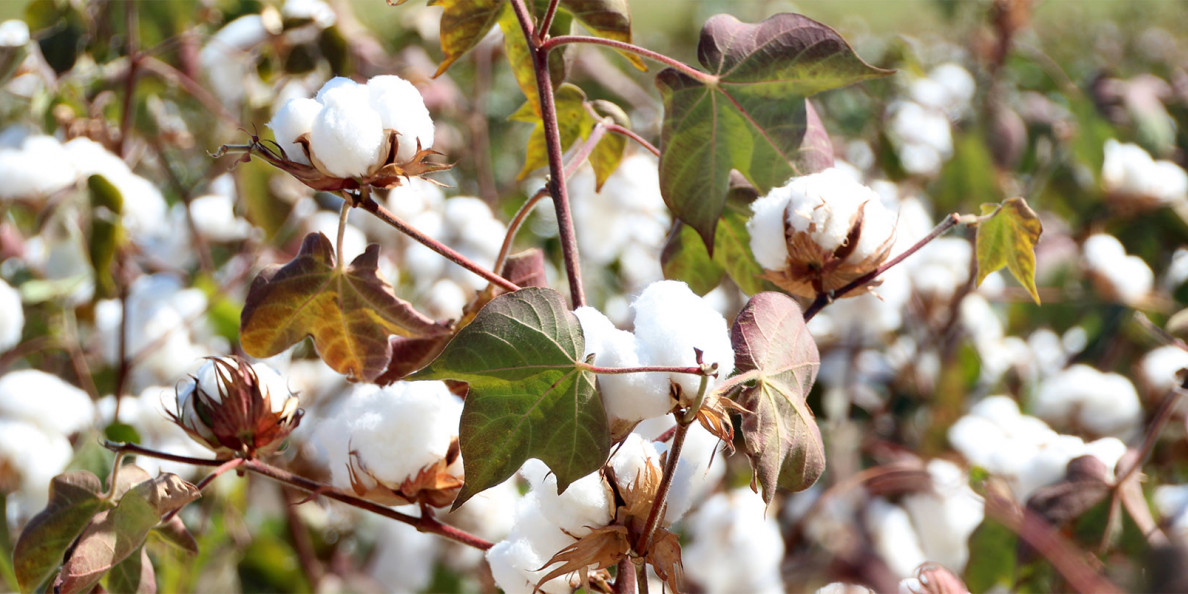Cotton futures are heading calmly, for now, into what could be a big weekend for the US crop. Will it last?
Cold weather, including freezing temperatures, is on its way for the southern Plains, including the top US cotton-producing state of Texas.
(Indeed, cotton farming is taking on a somewhat biblical feel, having faced hurricane winds and heavy rains too earlier in the growing season.)
The big question is how severe the cold will be.
Market scepticism?
To judge by the market reaction in the last session, when cotton futures dropped 1.6%, the answer is “not as cold as had been feared”.
Traders at Ecom said: “The market seems to have cooled down and it looks like it doesn’t believe in the cold freeze rumours as much.
“The cold snap is still on the way this weekend. However, clearly some market participants believe it won’t affect the crop as much as first thought.”
‘Plenty more cotton to sell’
At Commonwealth Bank of Australia, Tobin Gorey said that “the cold is still coming – no change there”.
However, “the market has now given up more than half of the premium it added for the cold weather soon to descend on west Texas cotton regions”.
After all, even if the cold does cost a bit of crop, “producers and traders though will still have plenty of cotton to sell from elsewhere”.
Strong demand
Still, there are three other considerations for investors to remember before getting too downbeat on price prospects.
The first is quality, and whether there is some further losses of high grade supplies, which the market can afford less easily than a dent to production overall.
The second is the decent demand for US supplies, with data on Thursday showing export sales of nearly 308,000 running bales, upland and pima cotton
combined, a high for 2017-18.
Louis Rose, at Rose Commodity Group, said that “we continue, tentatively, to project 2017-18 exports at 16m 480lb bales, especially given the recent
enhancement of India’s minimum support price”.
That would be well above the 14.5m bales the US Department of Agriculture is factoring in.
‘Should support futures’
A third is the amount of cotton “on call” – ie cotton in physical deals at prices to be set against futures, but with optionality over timing.
“Last night also saw the cotton on call report released that showed us that the mills are finally starting to fix some of their on call contracts,” Ecom said.
“Over the last few weeks the mills have fixed 4,100 futures however they still have 22,000 futures left to buy before expiry.
“This should support December futures if we see the markets fall lower.”
In early deals, New York cotton futures for December stood down 0.1% at 68.12 cents a pound, remaining just below their 10-day and 20-day moving averages.


